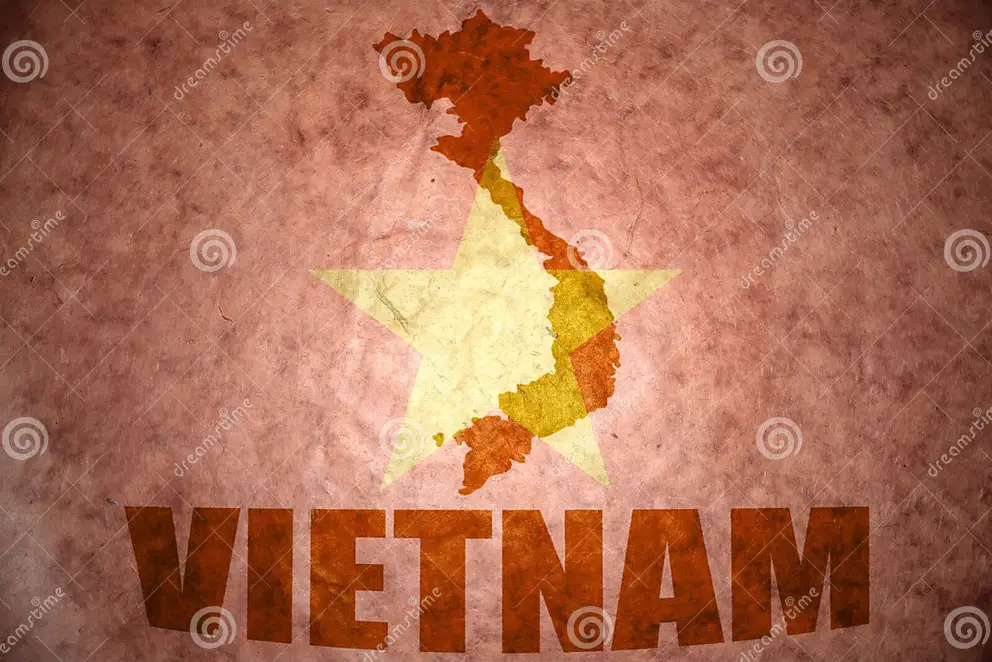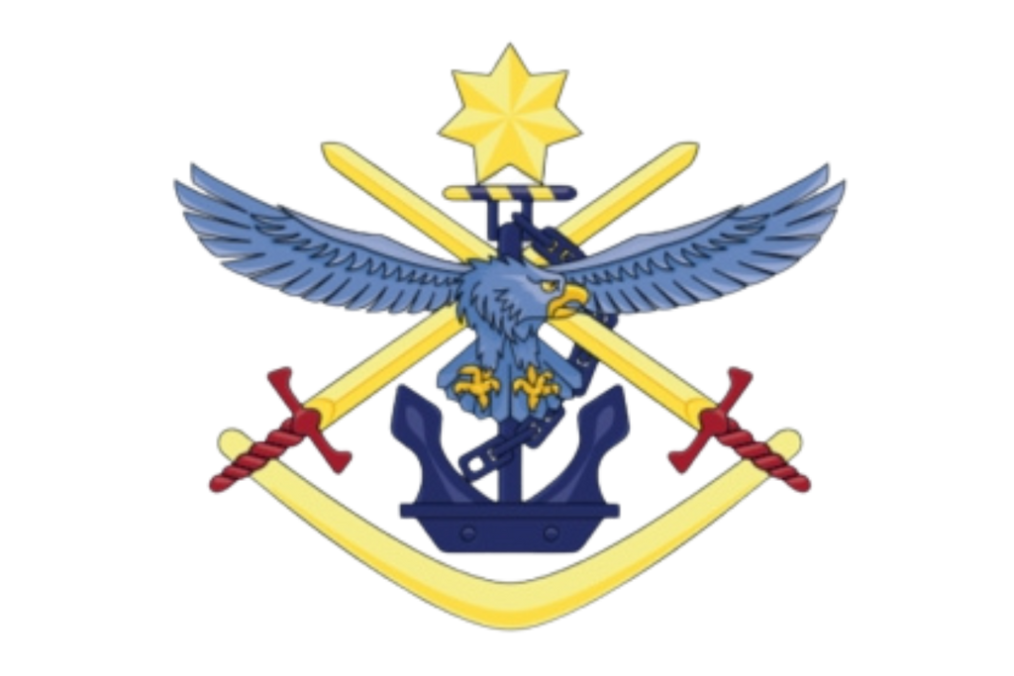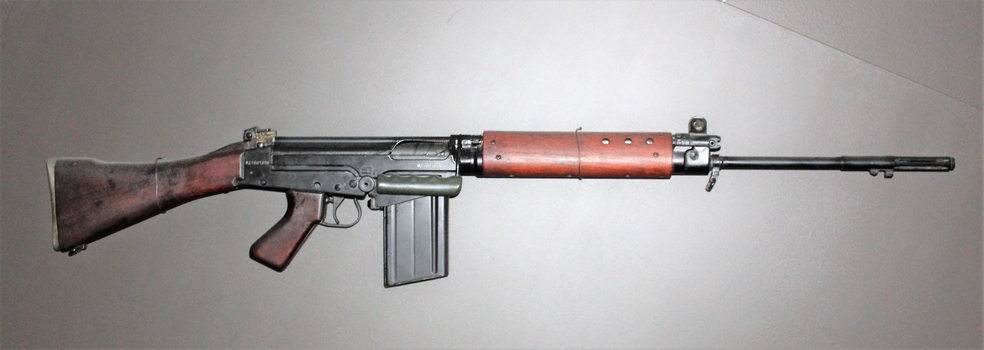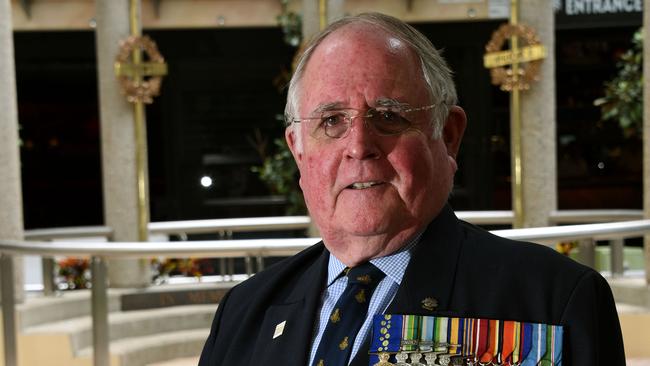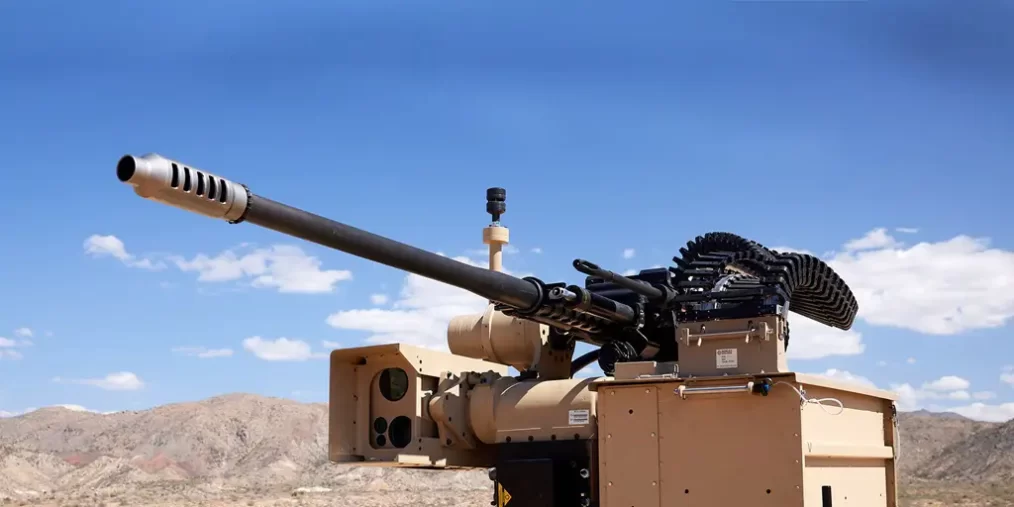Vietnam Veteran Claude Malone gives us a unique insight into life in Vietnam as an Indigenous Soldier. Claude served as a ‘tunnel rat’ – travelling through Viet Cong tunnels with a pistol and a torch, never knowing who he may encounter. Sadly Claude has been a victim of “Agent Orange” having the chemicals cripple his health over the past few decades.
The Anglo-Aboriginals say they own the land.
The full Aboriginals say we all belong to the land.
Lieutenant General John Frewen officially handed over the position of Chief of Joint Capabilities to Lieutenant General Susan Coyle at a ceremony in Canberra on July 4.
ADF, APS and industry partners attended the ceremony, marking the achievements of Lieutenant General Frewen and celebrating the appointment of Lieutenant General Coyle.
The Chief of Joint Capabilities role is responsible for providing space, cyber and logistic effects to the ADF, while leading two of the five domains – space and cyber.
With the appointment of Lieutenant General Coyle to Chief of Joint Capabilities, Defence will now have its first female domain lead.
Lieutenant General Coyle thanked her predecessor for his strong leadership and service.
“I am privileged to follow in the footsteps of Lieutenant General John Frewen, who has led a remarkable transformation within JCG with humility, determination and intellect. He leaves a lasting impact on this organisation,” Lieutenant General Coyle said.
“JJ and I first crossed paths working as military assistants to the Chief and Deputy Chief of Army. I was impressed and grateful for his support then, as I am today.”
‘Our success hinges on harnessing our people’s full potential.’
Lieutenant General Coyle has most recently worked as the Commander Forces Command in Army. She has previously served as Commander Joint Task Force 633 and as the inaugural Commander Task Group Afghanistan.
Lieutenant General Coyle is excited to be returning to Joint Capabilities Group, where she previously worked as Head of Information Warfare, whose responsibilities are now delivered across Cyber Command and Joint Capabilities Division.
“I feel a huge sense of pride to accept command of Joint Capabilities,” Lieutenant General Coyle said.
“As a young 17-year-old private reservist at 12th/16th Hunter River Lancers in Tamworth back in 1987, I would not have thought this was an option. Anything is possible, and I am proud to be leading two of the five domains.
“Our success hinges on harnessing our people’s full potential, which for me is developing our cyber, space and logistics capabilities. Our people, our leaders at every level, and our culture are our advantage.
“I am truly honoured to lead and steward Joint Capabilities Group into the next chapter of its shared and proud history of service.”
Lieutenant General Frewen reflected on the significant period of change for the Group, which has drastically changed its core functions.
“When I first started in this position, Joint Capabilities Group was a collective of enablers providing logistic, health, education and support services to Defence while overseeing our guided weapons and explosive ordnance enterprise,” Lieutenant General Frewen said.
“Our mission is now more focused and targeted. Space, cyber and logistics are integral to the ADF’s role in the protection and projection of national power.”
“Operational success relies on these capabilities contributing across the five warfighting domains. No longer can one succeed without the other.”
‘I am pleased to be handing over the group to Lieutenant General Coyle, knowing there is no one better suited to drive the group to even greater heights.’
Despite coming from a pedigree of Army personnel, Lieutenant General Frewen appreciates the unique benefits that over a decade of experience in a joint environment, including leading Joint Capabilities Group, has offered him.
“Joint Capabilities Group is unlike any other group or service. Its uniqueness is seen in its structure through to its workforce, and this gives us strength,” Lieutenant General Frewen said.
“I am fortunate to work with an exceptional group of people from across Defence and industry. We are the epitome of One Defence and a fully integrated force.”
“I am pleased to be handing over the group to Lieutenant General Coyle, knowing there is no one better suited to drive the group to even greater heights.”
Lieutenant General Frewen joined the Army in 1983 via the Royal Military College – Duntroon. Throughout his career, he has gained experience in a wide range of Army and ADF operations, including service in Rwanda, Solomon Islands, Afghanistan and the broader Middle East. Highlights have included roles as Head Military Strategic Commitments and National Commander of all Australian Defence personnel in the Middle East. He was also appointed the Coordinator General of the National COVID-19 Vaccine Task-Force.
Following the formal speeches, Lieutenant General Frewen was presented with his Chief of Joint Capabilities flag, signifying the end of his tenure.
The cost of building a wind turbine in Australia can vary significantly depending on several factors such as the size and type of the turbine, location, and infrastructure requirements. On average, here are some general estimates:
- Small Wind Turbines (residential or small business use):
- Cost: AUD 10,000 to AUD 50,000 per turbine.
- Capacity: Typically, less than 100 kW.
- Commercial-Scale Wind Turbines:
- Cost: AUD 1.5 million to AUD 2.5 million per MW of installed capacity.
- Example: A 2 MW turbine might cost between AUD 3 million and AUD 5 million.
- Utility-Scale Wind Farms:
- Cost: Total project costs can range from AUD 1.5 million to AUD 2.5 million per MW of capacity.
- Example: A 100 MW wind farm might cost between AUD 150 million and AUD 250 million.
Maintenance costs will add to the total investment over the lifespan of the turbine.
The latest rifle adopted by the British Army – the new Belgian FN.30 – is demonstrated at the Hythe School of Infantry, in Kent. Lieutenant-Colonel Dickson speaks about the merits of the new self-loading rifle, before handing over to his sergeant-major for a demonstration of how to field strip the new weapon. Clip taken from BBC Television Newsreel, originally broadcast on BBC Television, Friday 22 January, 1954.
I’m told that there was a difficulty with the link yesterday’s weekly comment from Ross Eastgate … Ross has sent me a new link.
Australia’s Redback Infantry Fighting Vehicle (IFV) will be equipped with the Mk44 Stretch Bushmaster Chain Gun, enhancing its combat capabilities. A total of 129 Northrop Grumman guns will be supplied for this integration, with deliveries beginning in 2026. This upgrade will enable the Redback IFV to use Northrop’s advanced ammunition suite, designed to defeat a variety of ground and aerial threats.
Developed initially for the US Army, Northrop Grumman’s ammunition suite includes programmable air burst munitions, armour-piercing rounds, and proximity-fused ammunition. This diverse range of munitions ensures that the Redback IFV can effectively engage a wide spectrum of targets, maintaining its operational superiority in various combat scenarios.
Jennifer Zonneveld, Director of Bushmaster Chain Guns at Northrop Grumman, emphasized the reliability and performance of the Bushmaster Chain Gun, stating:
“Bushmaster Chain Guns are the automatic cannon of choice for customers around the world due to their performance and reliability. In partnership with the Hanwha-led Team Redback, Northrop Grumman is providing the Australian Army with the most advanced medium calibre capability in the world, maintaining the system’s relevancy for years to come.”
The integration of the Mk44 Stretch Bushmaster Chain Gun is part of Australia’s LAND 400 Phase 3 program. This program includes the purchase of 129 Redback IFVs from Hanwha Defence Australia for 4 billion Australian dollars ($2.66 billion). Deliveries are expected between early 2027 and late 2028.
In a related development, Elbit Systems was contracted in February to supply a sensor suite and advanced protection and fighting capabilities for the Redback IFV, valued at $600 million. The total acquisition plan includes 450 IFVs to replace Australia’s aging M113 armoured personnel carriers, which have been in service since the mid-1960s.
The integration of the Mk44 Stretch Bushmaster Chain Gun into the Redback IFV represents a significant upgrade for the Australian Army, providing it with advanced medium-calibre capabilities and ensuring interoperability with state-of-the-art ammunition. This enhancement, along with other upgrades under the LAND 400 Phase 3 program, positions the Redback IFV as a formidable asset in modern warfare.
CLICK LINK to read the E-Memorial Newsletter
eMemorial – Australian War Memorial’s monthly newsletter (cmail20.com)

